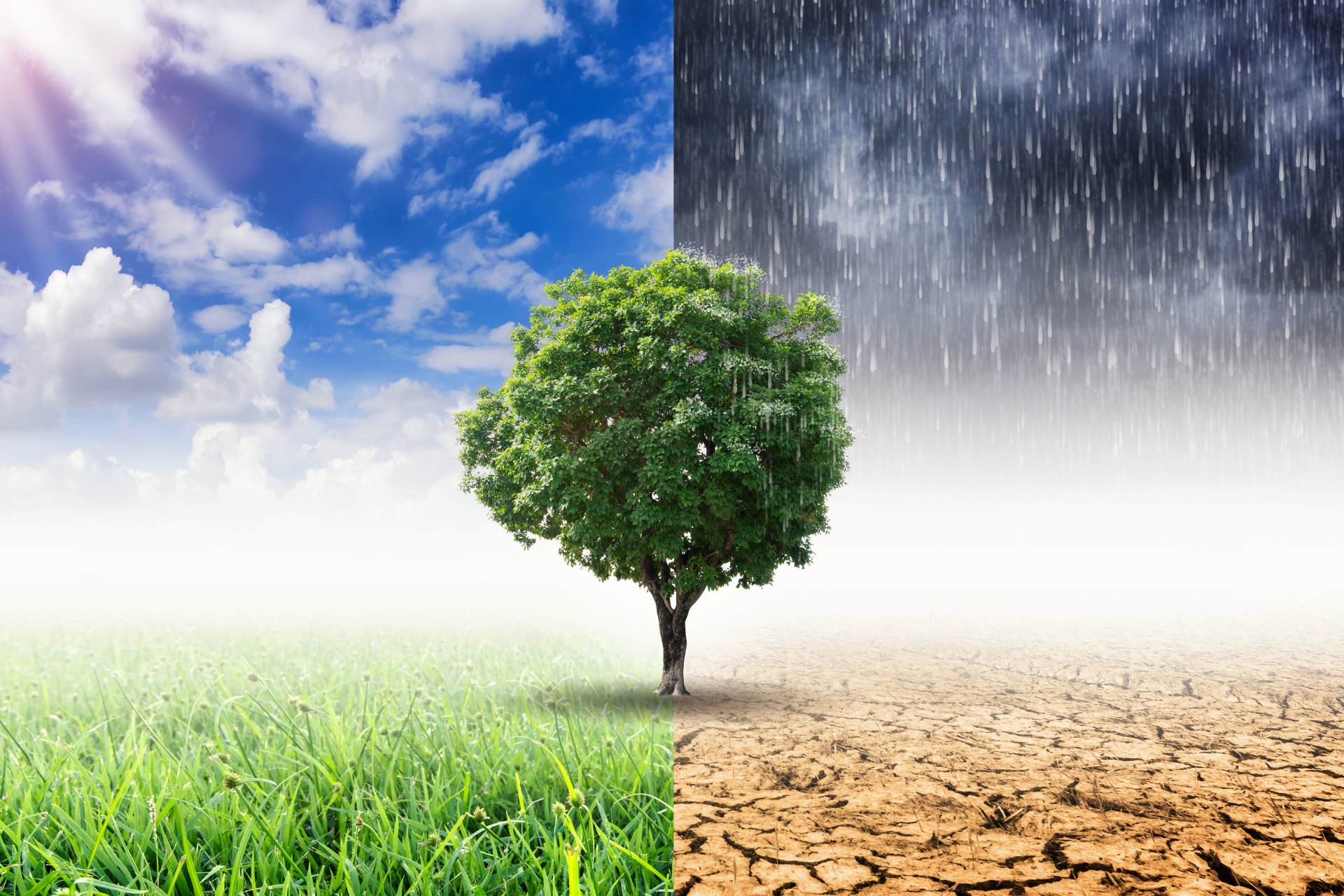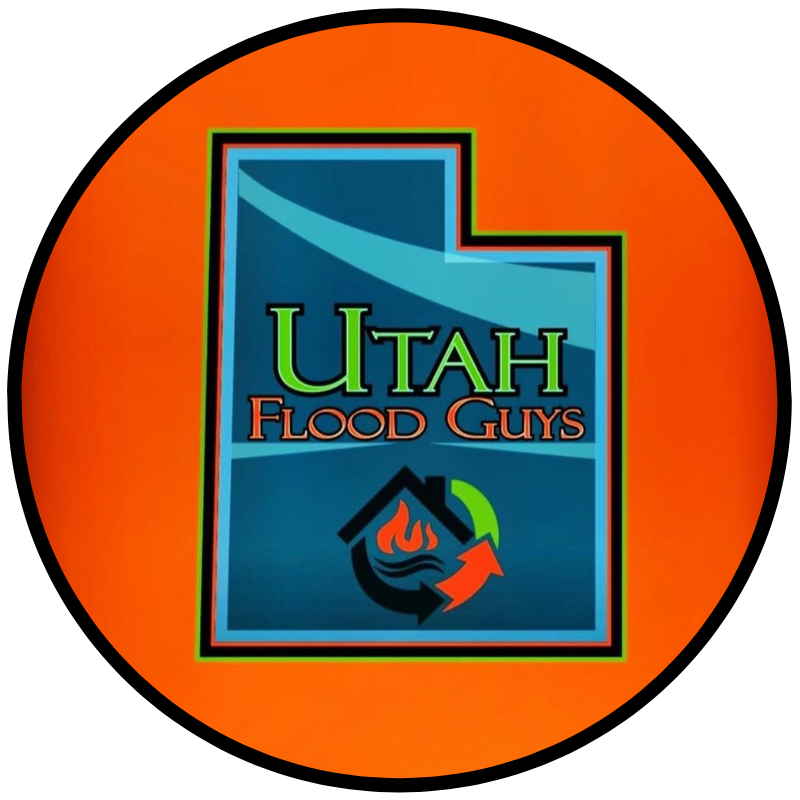Seasonal Changes and Their Impact on Mold Growth

Introduction:
As the seasons change, so do the conditions in our homes and businesses. While we may not always think about it, these shifts can have a significant impact on the growth of mold. Understanding how seasonal changes affect mold growth is crucial for maintaining a healthy indoor environment. In this blog post, we'll explore the connection between seasonal changes and mold growth, as well as provide tips on how to prevent mold issues throughout the year.
Seasonal Impact on Mold Growth:
Seasonal changes, such as fluctuations in temperature and humidity, can create the perfect conditions for mold to thrive. During the warmer months, higher humidity levels can lead to increased moisture in the air and on surfaces, providing an ideal environment for mold spores to germinate and grow. This is why summer is often associated with an uptick in mold growth, especially in areas of the home with poor ventilation or moisture issues.
Conversely, the colder months can also contribute to mold growth, albeit in a different way. As we crank up the heat indoors to stay warm during the winter, the air becomes drier and moisture levels drop. While this may seem like a good thing, it can actually lead to condensation on windows and walls, creating pockets of moisture where mold can take hold. Additionally, the holidays bring an influx of indoor activities and decorations, which can introduce more organic materials for mold to feed on.
Prevention Strategies:
To combat the seasonal changes that contribute to mold growth, it's important to take proactive measures to prevent mold issues before they arise. Here are some tips to keep your home or business mold-free throughout the year:
1. Maintain Proper Ventilation
Ensure that your home or business is well-ventilated, especially in areas prone to moisture buildup like bathrooms and kitchens. Use exhaust fans and open windows when possible to promote airflow and reduce humidity levels.
2. Monitor Indoor Humidity
Invest in a hygrometer to measure indoor humidity levels and keep them between 30-50%. Consider using a dehumidifier in damp areas to control moisture and prevent mold growth.
3. Address Water Damage Promptly
If you experience a water leak or flood, it's crucial to address the issue promptly and thoroughly dry the affected areas. Mold can start to grow within 24-48 hours of water damage, so swift action is key.
4. Inspect Regularly
Conduct routine inspections of your property to check for signs of mold growth, such as musty odors, discolored walls or ceilings, or visible mold patches. By catching mold early, you can prevent it from spreading and causing further damage.
Conclusion:
Seasonal changes play a significant role in the growth of mold in our homes and businesses. By understanding the impact of temperature and humidity fluctuations throughout the year, we can take proactive steps to prevent mold growth and maintain a healthy indoor environment. Utah Flood Guys is here to help with any water damage, mold removal, or fire damage restoration needs, so don't hesitate to reach out if you encounter a mold issue in your property. Stay vigilant, stay prepared, and stay mold-free all year round.
You might also like
Utah Flood Guys Blog



